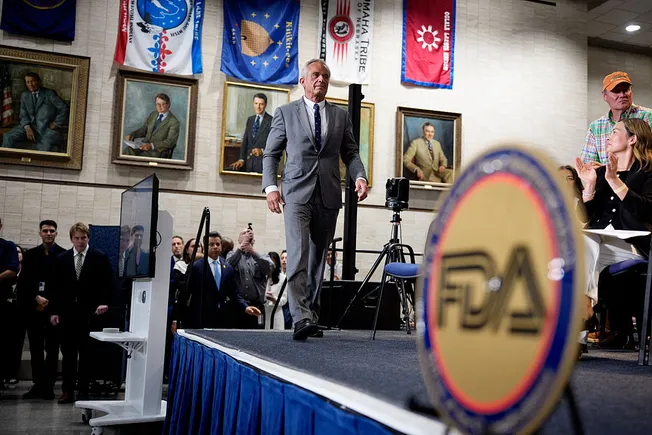The FDA has recently announced a groundbreaking agreement with the food industry to phase out petroleum-based artificial dyes commonly used in a wide variety of food products. These synthetic dyes, including Green No. 3, Red No. 40, Yellow No. 5, Yellow No. 6, Blue No. 1, and Blue No. 2, are found in sports drinks, yogurt, candy, fruit snacks, and more. In addition, the FDA is urging the removal of Red No. 3 sooner than the 2027 deadline.
The FDA also plans to revoke authorization for synthetic food colorings Citrus Red No. 2 and Orange B in the near future. To encourage the use of natural alternatives, the agency is expediting the approval process for at least four natural color additives. This move comes in response to growing concerns about the health effects of artificial dyes, with critics linking these additives to behavioral problems in children, cancer, and overeating.
Despite this significant step towards eliminating artificial dyes from the food supply, some health and food watchdogs are disappointed with the FDA’s decision. They had hoped for a more comprehensive ban on these harmful additives, rather than relying on voluntary commitments from the industry. However, the FDA’s move aligns with the increasing momentum at the state level to restrict artificial colors in food products.
Food companies, under pressure from consumers and regulatory agencies, are beginning to comply with the new policy. The International Dairy Foods Association and the National Confectioners Association have both announced their commitment to phasing out artificial colors from their products. While the transition to natural alternatives may pose challenges for the food industry, industry representatives emphasize the safety and scientific backing of these ingredients.
Despite the potential challenges and increased costs associated with eliminating artificial dyes, the FDA’s decision marks a significant step towards a healthier food supply. By working with food companies to transition to natural color additives, the FDA aims to address concerns about the health effects of synthetic dyes and promote transparency in food labeling. This shift towards natural alternatives reflects a growing awareness of the impact of artificial additives on consumer health and well-being.


